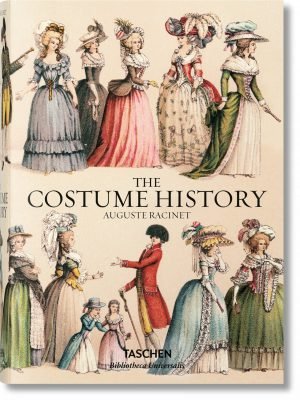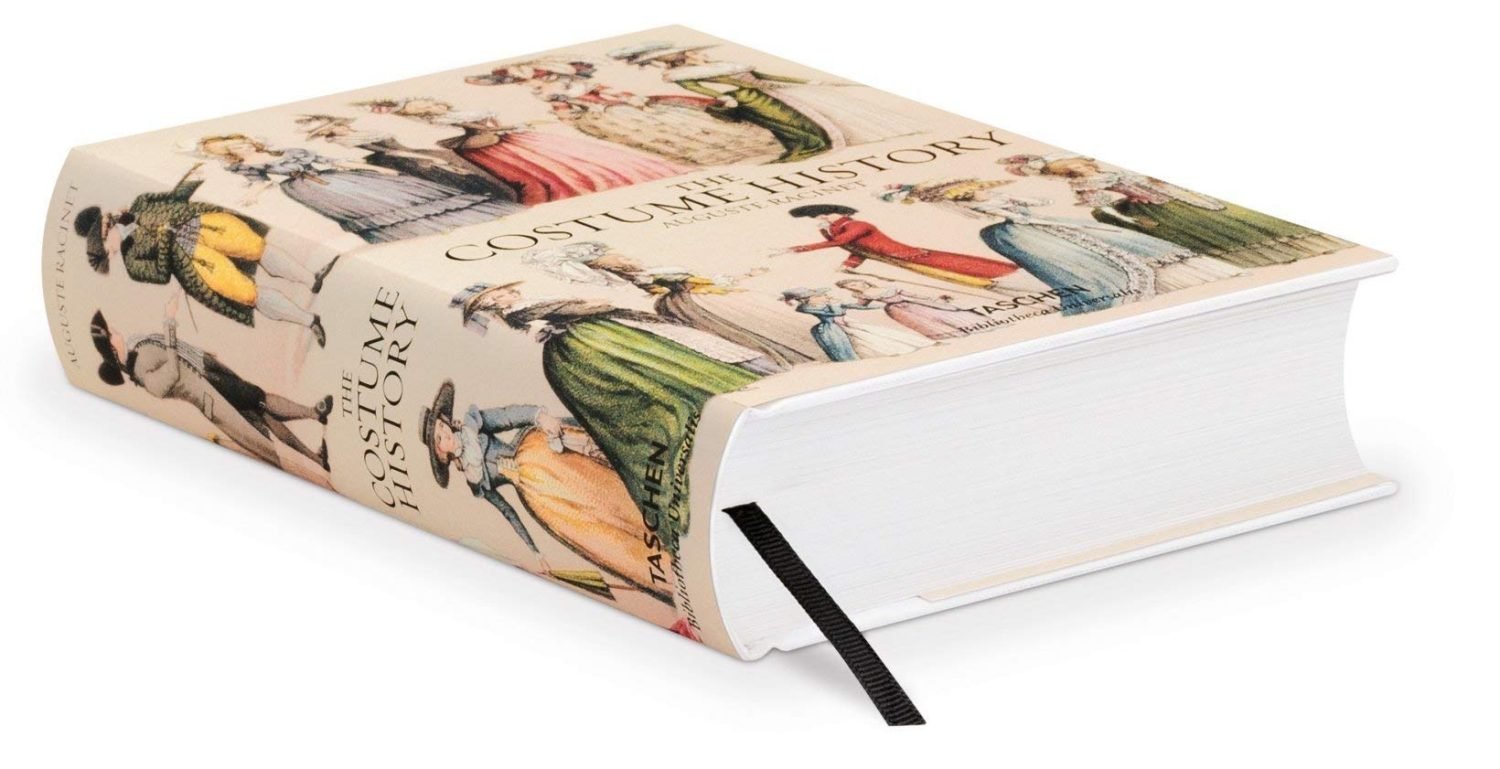
INDIA. WEAPONS, JEWELLERY AND EQUIPMENT.
Indian arts and crafts.
- No. 1 and 2 Indian wooden spoons from Calcutta.
- No. 3. fan from Bengal, which is set in motion by the servants to to cool their masters. The handle is made of wood and covered with velvet and silk. The leaf should be of finely cut soapstone. There were also fly whisks in use, which were made from the tail of the Tibetan yak. Originally the fans were made of palm leaves.
- No. 4: An Indian book consisting of individual wooden sticks covered with writing and held together at the bottom by a ribbon. Quite in the shape of the fans.
- Nos. 5, 11, 12, 13, 14, 15 and 16. Buttons, brooch, earrings and pendants. Made of chased gold set with coloured gemstones, diamonds and pearls.
- No. 6. elephant ankus in chased iron. The handle is made of blackened iron and is damasked with arabesques and vine threads. It is divided in the middle by a pommel of openwork. It ends in a fantastic animal head with a wide open mouth and large teeth. From this head the bow with its fine openwork ornaments swings upwards to protect the hand. Kartikela, the god of war of the Purana, is depicted where the tip of the spine begins. He is sitting on a fantastic animal that cannot be interpreted any further. The curved hook is supported on a tiger, which is matched on the other side by a fabulous animal whose nose ends in a trunk. The curvature of the elephant goad is decorated with plant ornaments, animals and a series of pearls, which, like all other ornaments, are finely chiselled. The whole elephant goad has a length of 0.68 m. Its use dates back to ancient times. There is a Numidian coin depicting a cornak with such an elephant spine. Owned by Mrs Solomon of Rothschild.
- No. 7 Small knife from Nepal.
- No. 8. Indian dagger, called Khuttar, with velvet sheath. The staffs of the handle are damasked in gold. The very pointed blade is triangular sharpened. Between the burrs the steel deepens. This weapon is only found in Hindostan.
- No. 9 and 10. Indian dagger with blade broken at an obtuse angle. The blade has a strong burr. This dagger is not carried in a belt, like the Khuttar, but on a pendant.
- No. 17. Footwear of a nabob. Woven together from golden threads and embroidered with silk and pearls.
- No. 18. Mongolian helmet from the XVIth century, with protruding ribs on the bell and damasked with gold. The tip has a pyramid shape. Movable nose guard. The nape and neck guard is riveted together from fine meshes.
(Nos. 1, 2, 3,4, 7, 8, 9, 10 and 17 are in the Louvre; no. 18 in the Artillery Museum in Paris. Nos. 5, 11, 12, 13, 14, 15 and 16 are borrowed from the collection of photographs L’Art Ancien by Frank).
Source: History of the costume in chronological development by Auguste Racinet. Edited by Adolf Rosenberg. Berlin 1888.








